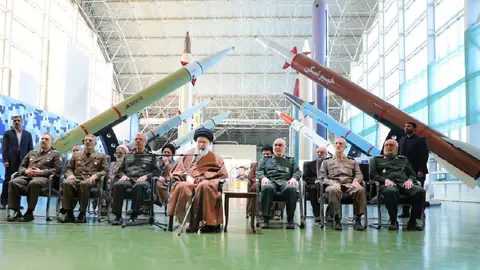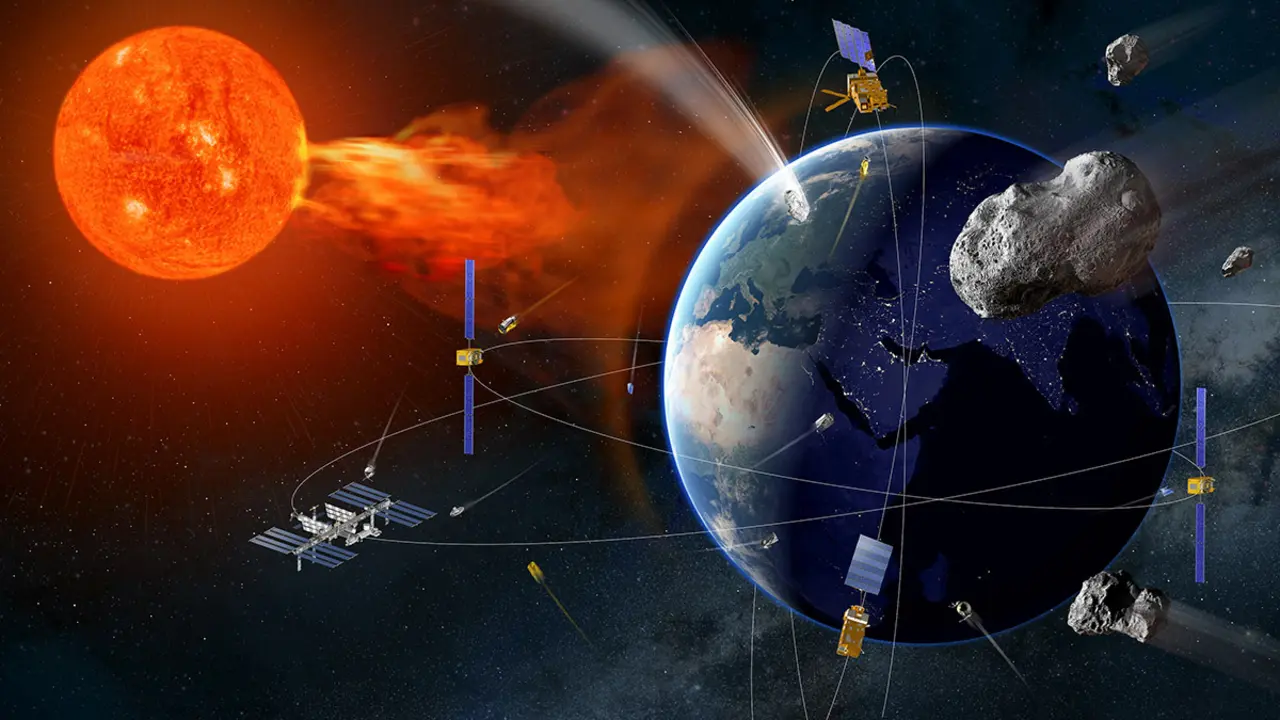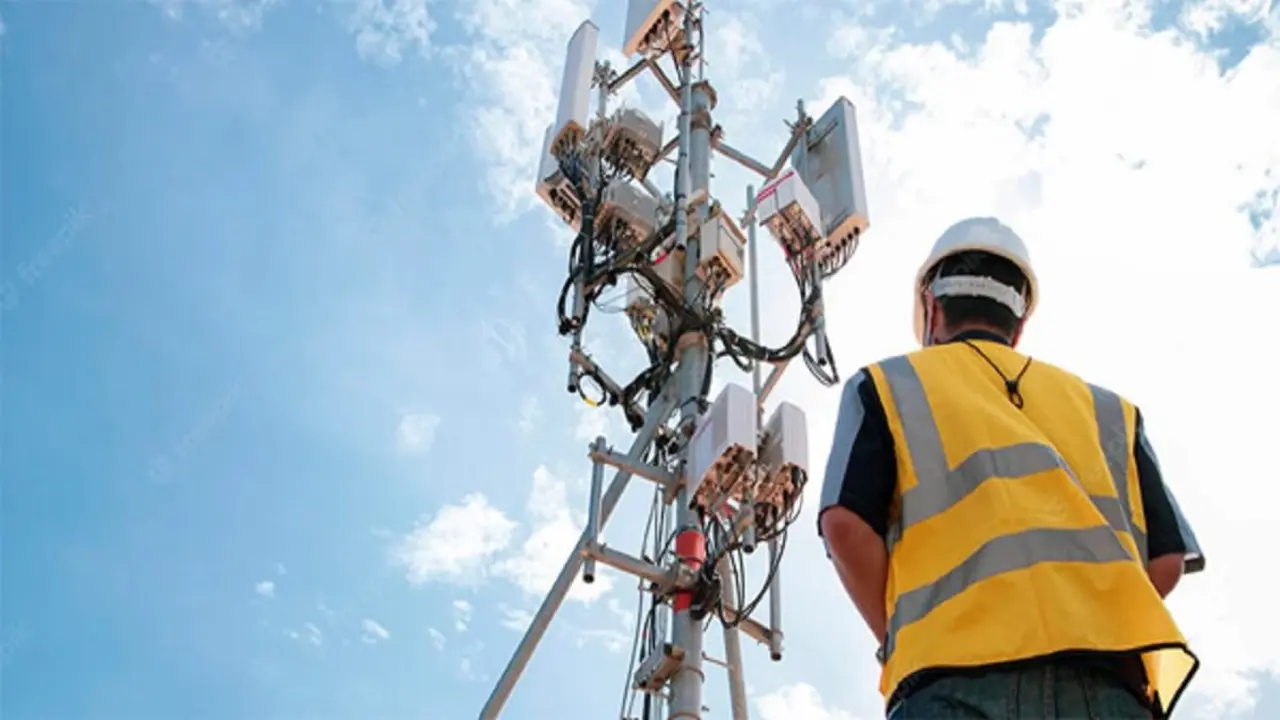The Golden Dome, Trump's pharaonic hypersonic anti-missile shield for the United States
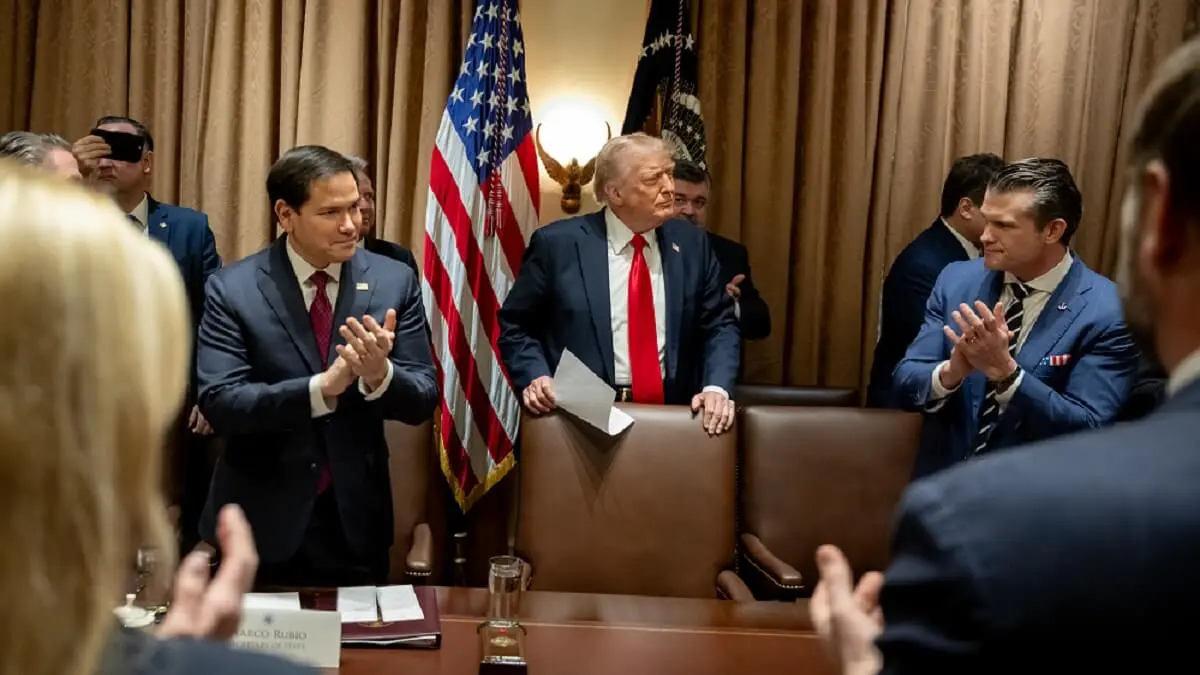
- Merging existing programmes with new technologies
- Such a project will see the light of day in the mid-2030s
While European heads of government are busy pushing ahead with plans to rearm their respective nations, President Trump has made a master move in the defence of the United States that has aroused the utmost interest in large aerospace industrial corporations and also in American SMEs specialising in disruptive technologies.
In a single marketing package that he has called the Golden Dome, Donald Trump aims to create a large multi-layered defensive shield that would envelop the immense territories of the United States and make them impregnable to attacks from the latest generation of hypersonic, intercontinental, ballistic and cruise missiles of his declared enemies, Iran and North Korea, and potential threats.
The ambitious initiative has its origins in the executive order that Trump himself signed in his own hand on 27 January - which he then christened ‘Iron Dome for America’ - in which he imposed a directive on his Secretary of Defense, Pete Hegseth: on 28 March he must present him with an initial plan to develop, deploy and operate an architecture of space and terrestrial capabilities which, in the form of an anti-missile shield, will act as a deterrent or successfully confront the aggressions of his opponents. s.

The pharaonic idea that is lodged in Trump's mind is inspired by one of the links in Israel's quadruple air defence network, the Iron Dome, the short-range interceptor shield that the Israeli company Rafael Advanced Defense Systems, together with Israel Aerospace Industries, began to develop in the 2010s and which has proven its effectiveness against Iranian attacks. The fact is that the Iron Dome is largely based on weapons systems and technologies provided by the US defence industry with the support of the US Missile Defence Agency.
But the Iron Dome is designed to protect the 22,145 km² of Jewish territory, an area slightly smaller than the Community of Valencia. However, the idea that Trump has in mind is enormous: he intends to replicate on a large scale Israel's small air defence network to cover the more than 9 million square kilometres of the United States, an area 413 times larger than that covered by the Iron Dome, which, incidentally, is a registered trademark of the Rafael company.

Merging existing programmes with new technologies
Aware of the magnitude of the challenge, that deploying and maintaining different interceptor systems in orbit is complex and requires many billions of dollars, as does positioning a wide variety of sensors of all kinds in outer space, Trump's executive order also requires the Pentagon to present a financing plan, as Golden Dome is set to become one of the major procurement programmes.
In order to evaluate the overall cost and the first steps that need to be taken, the White House Budget Office is already working on the first economic estimates of its various components. The Secretary of Defence has already asked the Army, Navy, Air Force, Marines, Space Force and the numerous military agencies under his control to identify budget cuts worth 50 billion dollars in order to redirect a large part of this economic volume towards the new project.
The organisation responsible for heading up Golden Dome is the Missile Defence Agency, which is also spearheading the work to involve the defence industry in the evaluation of the necessary technological capabilities. However, the head of Space Force Operations, General Chance Saltzman, has said that he wants his Space Development Agency to play a ‘central role’ and has already set up an ‘integrated planning team’ of specialists and technicians with experience in designing missile shields to support Trump's initiative.
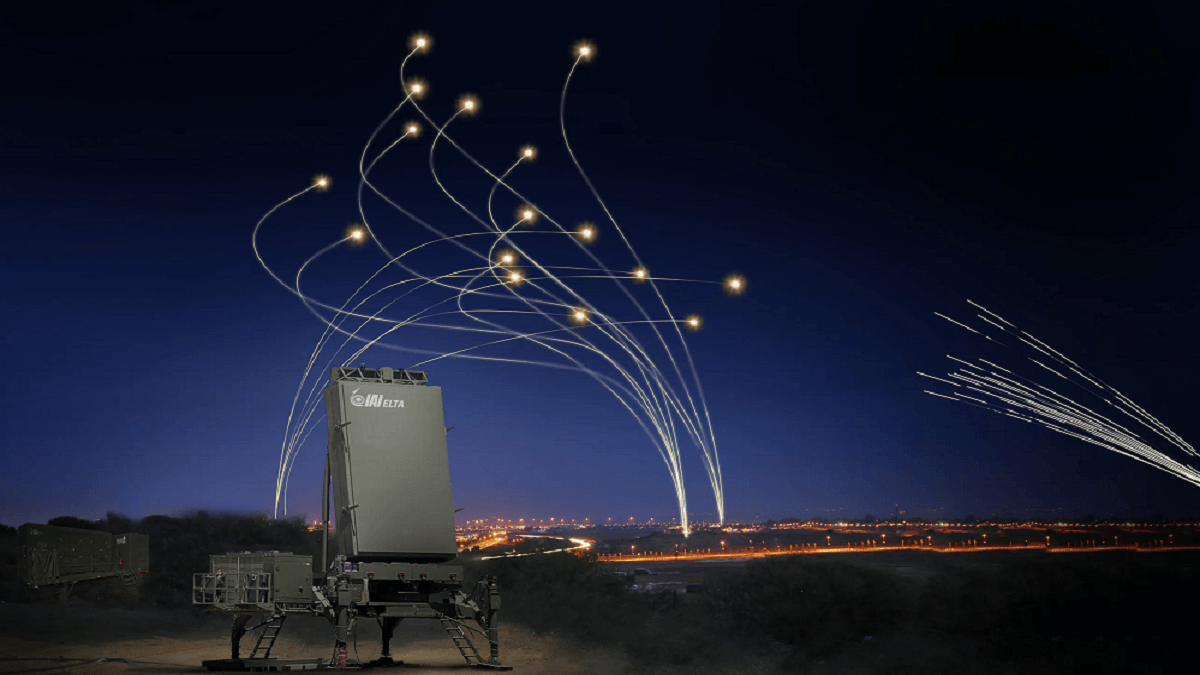
The multilayered architecture of the new defence system will be built on two main areas. Firstly, it will take advantage of projects already in full swing to monitor, counter and respond to tactical and intercontinental ballistic missile attacks. These are programmes involving space-based sensors to track launches, space-based interceptors to attack missiles in their initial boost phase and ground-based systems to strike vectors in their terminal flight phase.
Among them is the Proliferated Weapons Space Architecture (PWSA) of the Space Development Agency, whose purpose is the continuous tracking of any enemy missile threat. Another is the Hypersonic Ballistic Tracking Space Sensors (HBTSS) programme run by the Missile Defence Agency (MDA), which aims to deploy high-precision cameras in orbit to provide anti-missile interceptors with the precise coordinates for tracking and destroying missiles.
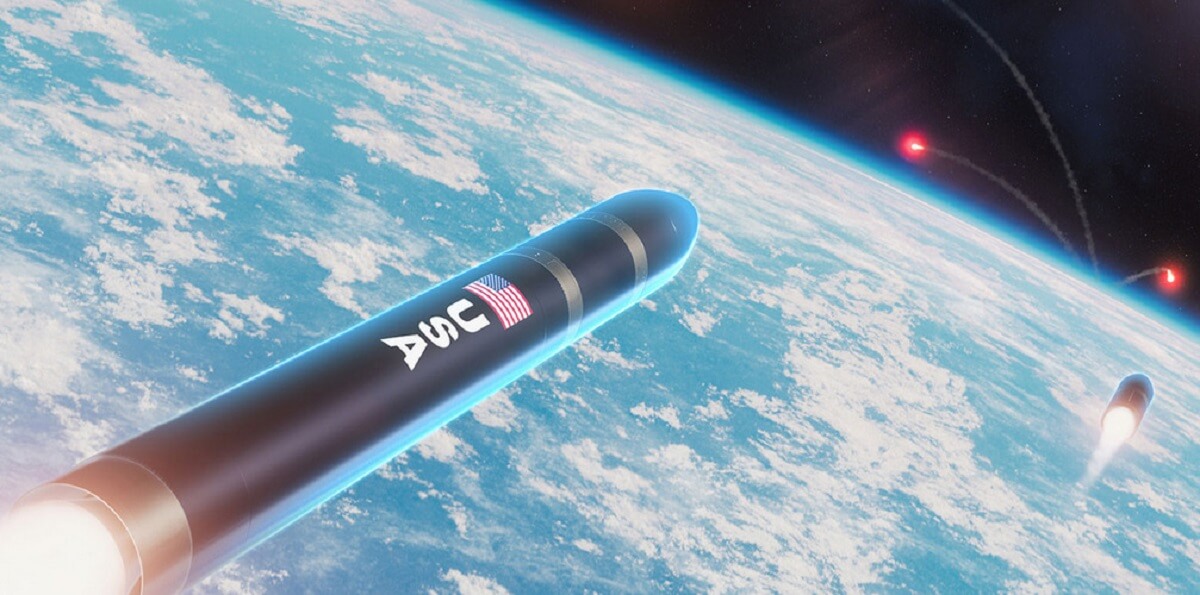
Such a project will see the light of day in the mid-2030s
Two other MDA programmes are the Ground Midcourse Defence (GMD) system based on anti-missile missiles positioned on the ground and the New Generation Interceptor (NGI). But the White House decree also aims to expand these projects with new ones that expand the capabilities of interceptor missiles with different weapons systems positioned in orbit or on the ground. For example, with high-power microwave directed energy systems and high-energy lasers.
On 18 February, the director of the Missile Defense Agency, Lieutenant General Heath Collins, invited hundreds of managers and senior executives from the US aerospace and defense industry to his headquarters in Huntsville, Alabama. There he informed them of the measures and actions he has already initiated, telling them that the Golden Dome represents an ‘opportunity to make effective technologies that are still disruptive today’, while also notifying them that ‘the technological demonstrations are expected to begin at the end of 2026 and conclude in 2030’.
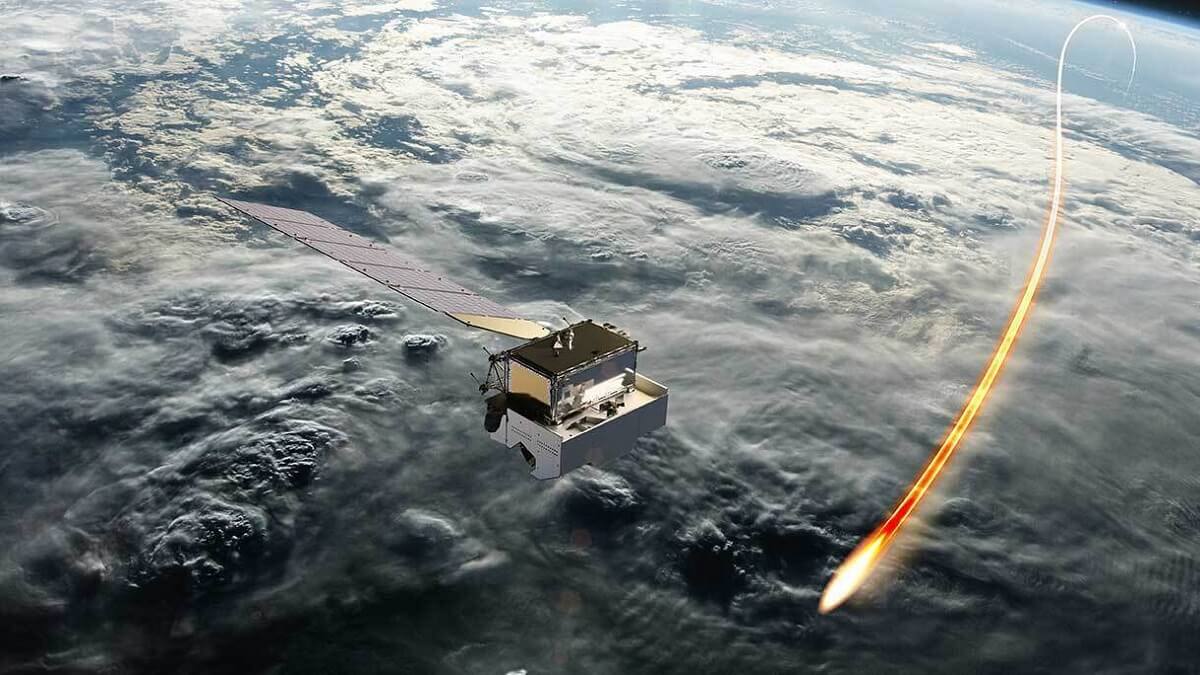
One major obstacle that no one is unaware of is the very high degree of coordination that the Trump initiative requires between the Space Force, the Space Development Agency and the Missile Defense Agency, and even the 17 agencies that make up the US Intelligence Community.
As if all of the above were not enough, making viable a pharaonic initiative of such technological complexity and immense economic volume that is still to be finalised will take many years of effort. Even if the president who replaces Trump retains his support, as well as that of Congress and the Senate, it is very likely that the Golden Dome will not be available until the mid to late 2030s.
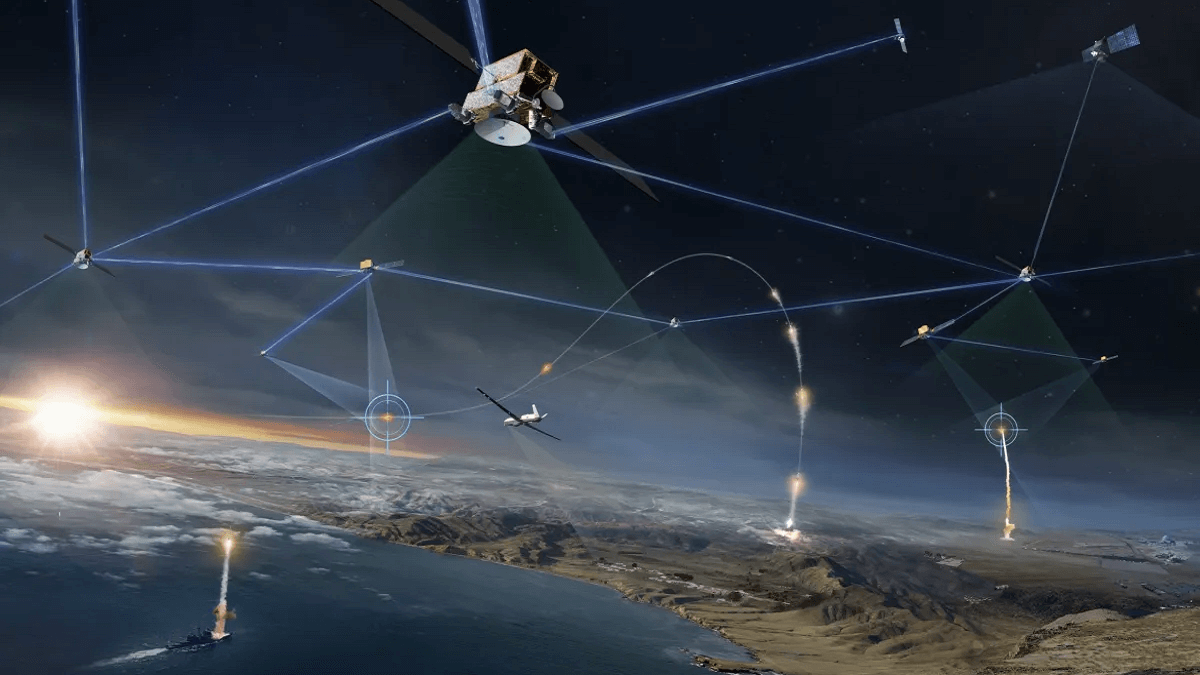
What is beyond doubt is that the ambitious initiative is a sweetener for the big corporations in the US aerospace and defence industry, such as Boeing, Northrop Grumman, L3Harris, Lockheed Martin, Orbital Sciences, Raytheon... but also for SMEs specialising in Artificial Intelligence and disruptive technologies, which are eager to take advantage of the extensive opportunities for shared work that the Golden Dome opens up to them.




